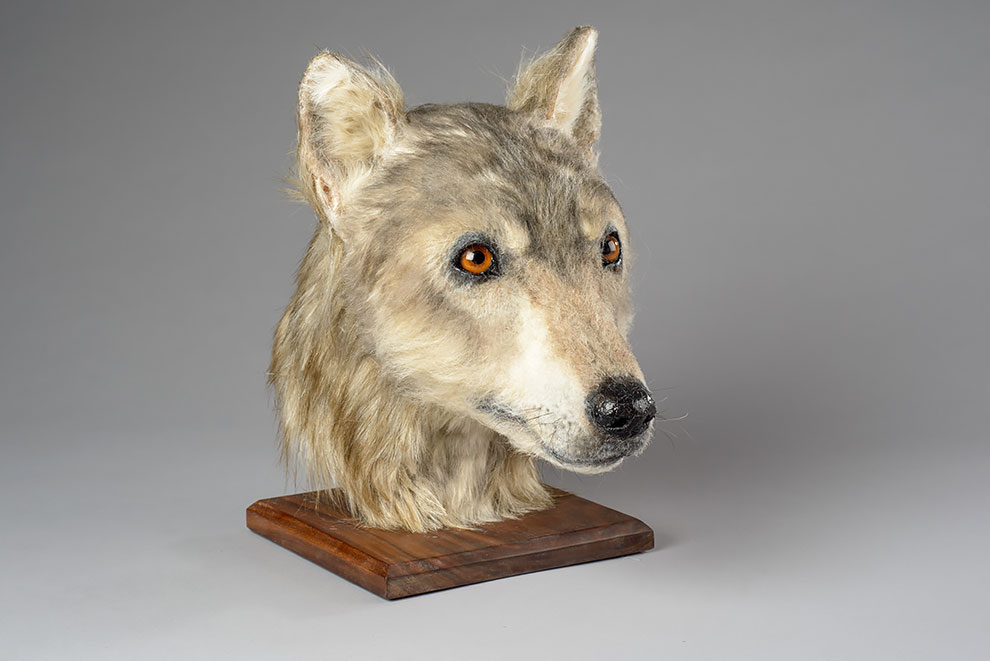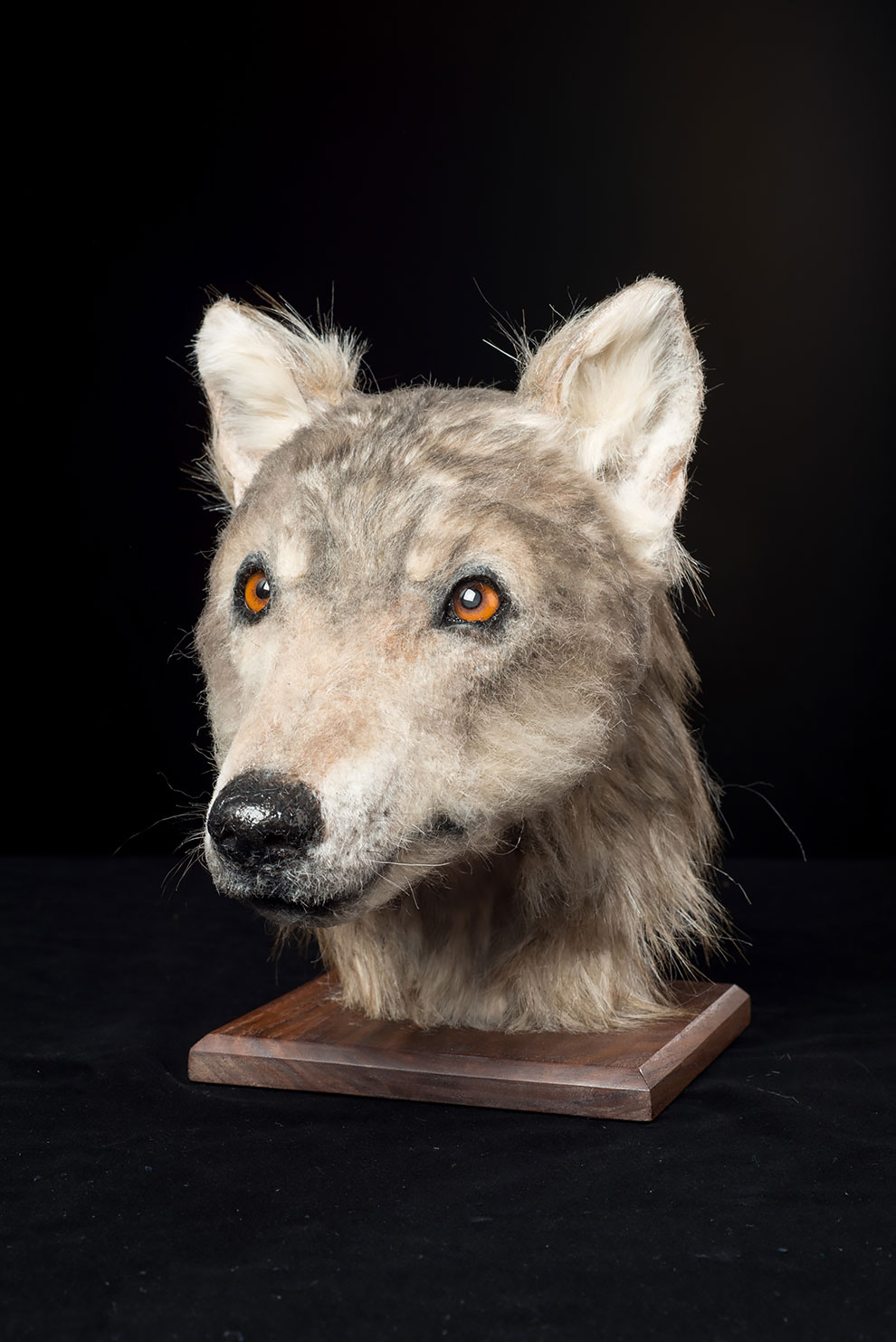Face of 4000-Year-Old Dog Revealed by Forensic Reconstruction

A reconstruction, commissioned by Historic Environment Scotland (HES), has revealed the face of a Neolithic dog for the first time in over 4,000 years. The reconstruction has been created from the skull of a dog discovered in Cuween Hill chambered cairn on Orkney.
The canine skull, now in the collection of National Museums Scotland, was CT- scanned by staff in the Diagnostic Imaging Service at Edinburgh University’s Royal (Dick) School of Veterinary Studies. This enabled HES’s Digital Documentation team to make a 3D print, which was in turn used by forensic artist Amy Thornton to create a realistic model of the dog’s head, building up muscle, skin and hair in the same way she would approach a human head.
More: Historic Environment Scotland h/t: earthlymission

Steve Farrar, Interpretation Manager at HES, said: “Just as they’re treasured pets today, dogs clearly had an important place in Neolithic Orkney, as they were kept and trained as pets and guards and perhaps used by farmers to help tend sheep. But the remains discovered at Cuween Hill suggest that dogs had a particularly special significance for the farmers who lived around and used the tomb about 4,500 years ago. Maybe dogs were their symbol or totem, perhaps they thought of themselves as the ‘dog people’. While reconstructions have previously been made of people from the Neolithic era, we do not know of any previous attempt to forensically reconstruct an animal from this time. Looking at this dog helps us better relate to the people who cared for and venerated these animals, people whose ingenuity and sophistication made Orkney such an important place in the Neolithic and who have left us with such a rich legacy of monuments today.”

The original skull used to create the model is held at National Museums Scotland. Dr Alison Sheridan, Principal Archaeological Research Curator in the Department of Scottish History and Archaeology at National Museums Scotland, said: “We are delighted to have collaborated with HES on this very important initiative, which enables people to encounter a Neolithic dog ‘in the flesh’. The size of a large collie, and with features reminiscent of that of a European grey wolf, the Cuween dog has much to tell us, not only about ceremonial practices and the symbolic significance of the dog in Late Neolithic Orkney but also about the appearance of domestic dogs in the third millennium BC.”